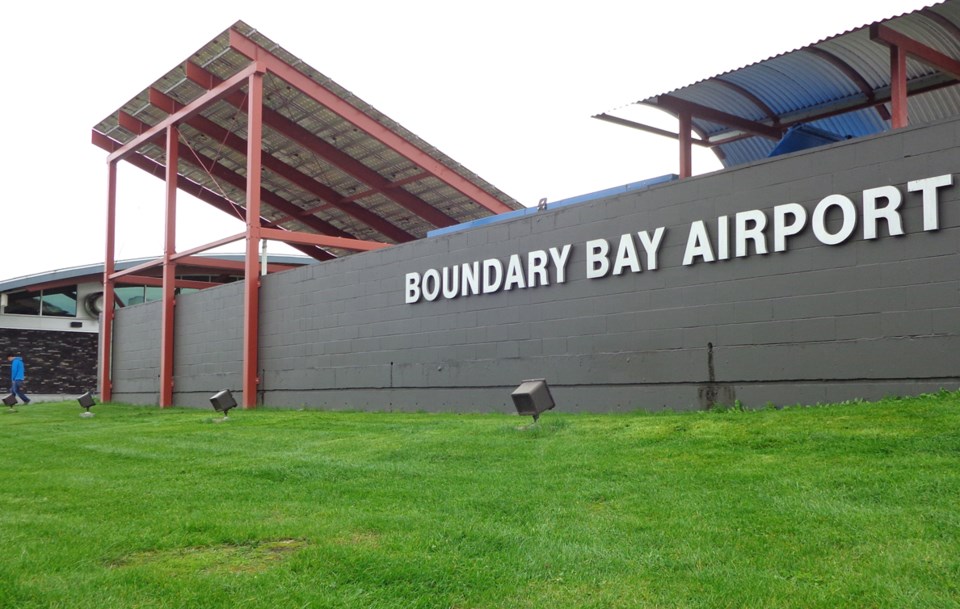The Transportation Safety Board has released its report on the investigation into last summer’s crash of small plane that departed the Boundary Bay Airport in East Delta and subsequently went into the Fraser River in Maple Ridge.
On Saturday, June 6, 2020, Ridge Meadows RCMP received a report from the East Delta airport that a small plane, with two people on board, was overdue.
Just hours before, a witness reported seeing a small plane that matched the description of the overdue flight school plane flying low above the river before going into the water and then quickly disappearing from view.
The Cessna 172M aircraft from the International Flight Centre as well as the occupants have not been found, the TSB notes in its report.
At approximately 1:13 p.m., the aircraft flew into a power transmission line that was strung across the Fraser River, approximately 125 feet above the water.
The lowest line had been damaged.
The report notes that the weather was favourable and that the plane, built in 1972, was certified, equipped, and maintained in accordance with existing regulations. The aircraft had no known deficiencies before the crash.
The report also notes that the instructor was licensed and rated to provide flight instruction, and that Canadian Aviation Regulations stipulate that no person shall operate an aircraft at a distance less than 500 feet from any person, vessel, vehicle or structure.
“This distance of 500 feet applies both vertically and horizontally,” said the TSB. “The CARs do allow for flight training aircraft to operate below 500 feet, but only when operated outside of a built-up area, when operated without creating a hazard to persons or property on the surface, and when operated for the purpose of flight training by or under the supervision of a qualified flight instructor.”
Intentionally flying at a low altitude increases the risk of an accident, the report states, adding that at heights below about 300 feet obstacles can be difficult to see as they might not be physically marked, or indicated on navigational charts.
“Flying at low altitude also reduces the margin of safety in the event of engine failure, a loss of control, or any other unexpected circumstances, and increases the risk of an impact with the ground or an obstacle,” the report states.
The report notes that the flight instructor was conducting flight training for the student in accordance with the regulations for initial issuance of a licence.
The report, however, adds, “The flight training program outline provided to the student did not contain a policy on acceptable minimum altitudes for low-level flying activity, nor was it required under the CARs. The Chief Flight Instructor had, however, verbally directed his instructors to not go below 500 feet during flight instruction. A review of the student pilot’s training record provided no indication that low-level maneuvers had been previously practiced (e.g., precautionary landings, low level diversions), or that such maneuvers were planned for the occurrence flight. The investigation was unable to determine what, if any, purpose there was to operate the aircraft at less than 500 feet above the Fraser River.”
The report covers other aspects of the investigation including daytime lighting that was to be activated on the B.C. Hydro towers at the crash site.
The full report can be read here:
https://www.bst-tsb.gc.ca/eng/rapports-reports/aviation/2020/A20P0060/A20P0060.html.


